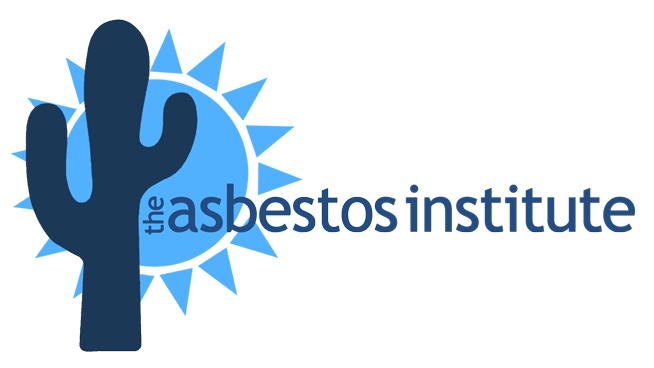Asbestos can lurk in your home in many places you may not think of as being a place where you would find it. As asbestos has serious links to many diseases including lung cancer and asbestosis, it is important to learn where to look. Read on to learn of six unexpected places you may find asbestos in your home.
Asbestos does occur in a natural mineral form. At 700 times smaller than a human hair, you cannot see it and you should not go searching for it either.
Sealants And Seals
Caulking used around doors and windows had asbestos-containing materials until the 1970s. The asbestos improved the insulation and weatherproof aspects of the caulk but today health risks are posed by remnants of it surviving when the caulking is being replaced, is flaking or worn. If you are renting or buying a home built prior to 1989, it is a good idea to check with a professional for asbestos.
Siding and Roofing
If you think of fried food you will start to understand the terminology used in asbestos siding and roofing, When something is “nonfriable,” it is difficult to break down as it is made from strong, tightly held together fibers. A nonfriable material, however, through normal wear and tear can sometimes loosen and pull apart. Both of these kinds can be found in asbestos siding and roofing. Luckily, checking, in this case, is fairly simple. Just look for product numbers or markings. if it is not broken up, it is best to be left alone and intact.
Ducts And Pipes
Ductworks and metal pipes are great heat carriers, additional outer wraps or treated coatings help keep more heat en route to the vents where the air comes out to heat rooms. As with caulking and gaskets, products with asbestos were commonly used materials when reinforcing pipes and ducts.
Older steam pipes and even some hot water plumbing are wrapped in blankets that contain asbestos. These pose serious risks when cut or removed. You need the services of a professional who uses protective measures to dampen particle release. Any systems in older homes, even if they appear intact, can be evaluated for cracks or deterioration by a trained asbestos inspector.
Ceiling Tiles
Many commercial and public buildings from hospitals and classrooms to stores and offices — have ceiling tiles containing asbestos. They were a practical choice for insulation and fire-resistant properties. Their popularity spread to housing construction until the late 1980s.
Wallpapering
One big reason house renters may turn down a home is if the wall has ugly our outdated looking wallpaper because it can be a major hassle to remove and replace. But if the wallpaper was applied before 1980, it may contain asbestos. If the wallpaper is intact, it is best left alone but if you can see curling or cracking, the paper can be professionally tested. Sealing the walls with paint and special coatings can help prevent the spread of asbestos in these circumstances.
Stove Surrounds and Furnaces
Asbestos is naturally very heat resistant and non-flammable, so it was a great choice for protecting surfaces around furnaces and wood-burning stoves. Dense papers, thick boards and sheets of special cement all composed with asbestos fiber are prevalent in U.S. homes built before about 1980, and asbestos-containing disks for covering stovetop heat elements also abound.
Upgrading stoves and heating systems in any way that involves removing or disturbing the fireproofing surrounding the units themselves should involve the help of a trained asbestos expert. While these surrounds were designed to protect the walls and floors from heat damage, they are now some of the more dangerous asbestos sources to humans if broken down without protective measures. Often, homeowners decide to live with the outdated and sometimes funky looking old heat stoves and furnaces in order to avoid the release of asbestos from the surrounding materials, and generally, just leaving them alone is a safe way to keep the asbestos contained.
Asbestos, OSHA & AHERA Training
The Asbestos Institute has provided EPA and Cal/OSHA-accredited safety training since 1988. From OSHA 10 to hazmat training and asbestos certification, our trusted and experienced instructors make sure participants get the high-quality initial and refresher training they need.
Classroom
We train on-site at our headquarters in Phoenix, AZ or at our clients’ sites across the U.S. We offer both English and Spanish courses. Browse Classroom Classes
Online
Online courses allow you to align your learning with your personal schedule. This is a great option for students with family and work commitments. Browse Online Classes
Webinar
Live webinars allow you to watch instructors on demand from the comfort of your home or office. Learn, chat with other students, and ask questions in real-time. Browse Live Webinars

